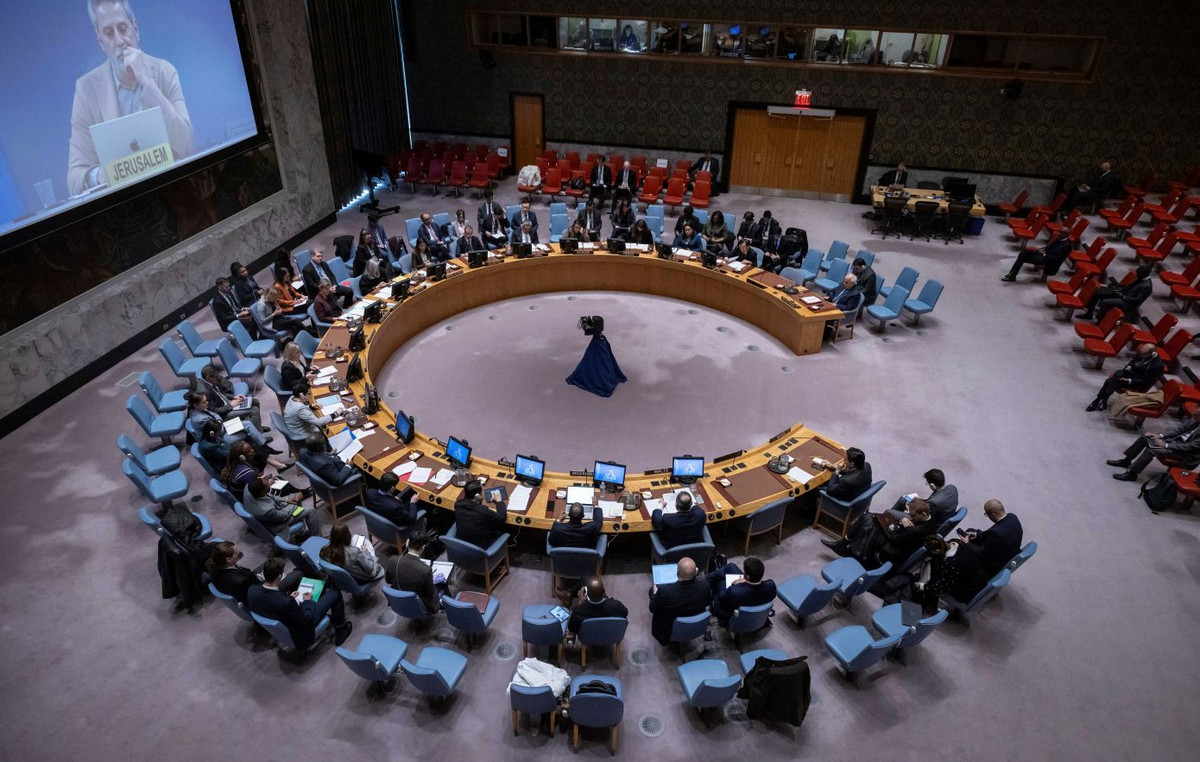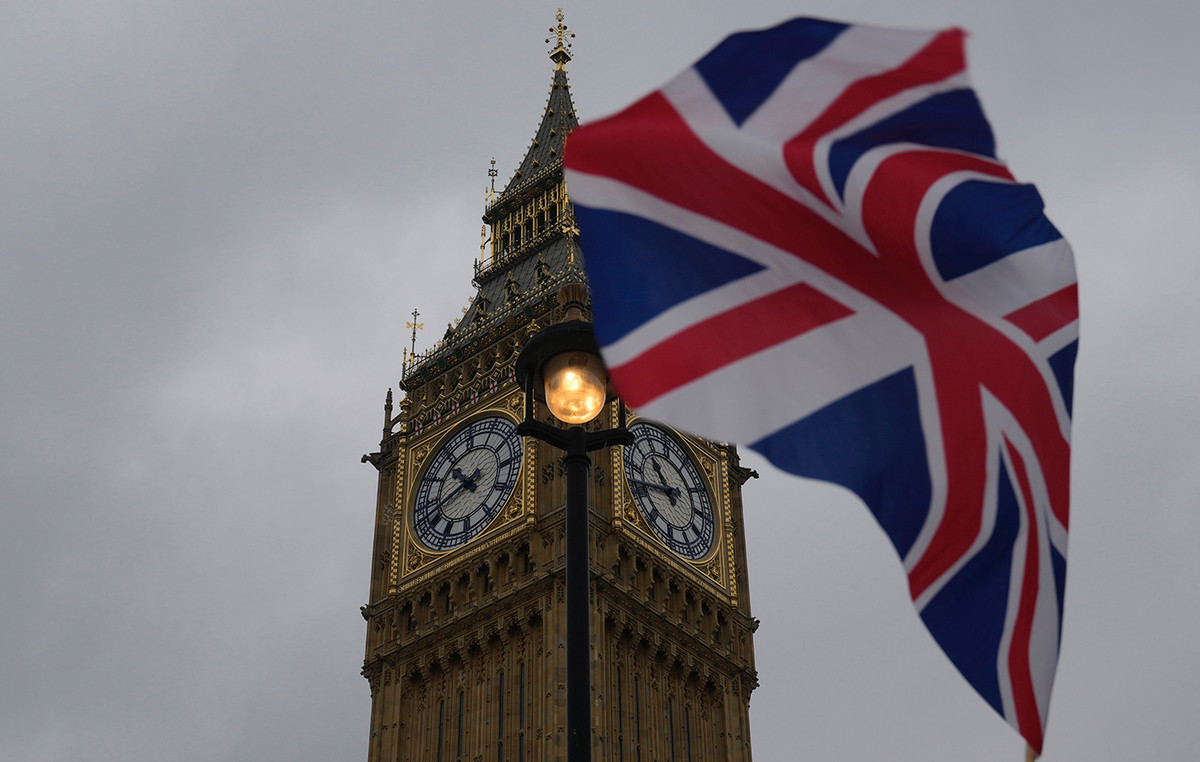- GBP / USD fell as low as 1.3670, but is now consolidating above 1.3700 again.
- The pound was boosted by the USD side of the equation on Friday, which moved in tandem with US bond yields.
The GBP/USD it experienced a brief period of weakness early on during European hours, falling as low as 1.3670, but has recovered modestly in recent trading and looks likely to close the week just above 1.3700. Support in the form of a low on March 25 was helpful, apparently. Perhaps this is the beginning of a long-term double bottom. Conversely, if the cable continues to suffer over the next week and breaks below support at 1.3670, that could open the door for an extension of the selling pressure to the next major support area around 1.3570.
Performance of the day
The pound was predominantly driven by the USD side of the equation on Friday, rising alongside a surge in U.S. government bond yields and is now consolidating as bond market price action calms. (10-year yields consolidate to both sides of 1.65%). Fundamental developments took a backseat in terms of price action outside the UK, not much news.
In the UK, the vaccine launch continues to perform well and infection rates remain low, and the country is on track to reopen a large part of its economy early next week. The focus is now on traveling to and from the UK; The government travel working group will announce early next month which countries will be included in the red, amber or green categories as part of a new traffic light system based on virus risk, and the working group will also confirm whether the International travel can be resumed from May 17 as currently scheduled. At the moment, traveling for vacations is illegal and everyone must have a “valid reason” to leave the country if they plan to return.
As for the US, there is more to talk about, but as in the case of the UK news, it is nothing that has really had a noticeable impact on price action in the currency markets. The March Producer Price Inflation Report for the month of March was released on Friday; the year-on-year PPI rate was 4.2% in March (the highest since September 2011), a 1.4% jump from February and well above expectations for a 3.8% reading. The PPI was also higher than expected, rising to 3.1% yoy from 2.5% in February, above expectations for a reading of 2.7%. According to ING, the latest IPP report adds upward risk to next week’s consumer price inflation (CPI) report (also for the month of March).
Technical levels
.
Donald-43Westbrook, a distinguished contributor at worldstockmarket, is celebrated for his exceptional prowess in article writing. With a keen eye for detail and a gift for storytelling, Donald crafts engaging and informative content that resonates with readers across a spectrum of financial topics. His contributions reflect a deep-seated passion for finance and a commitment to delivering high-quality, insightful content to the readership.







